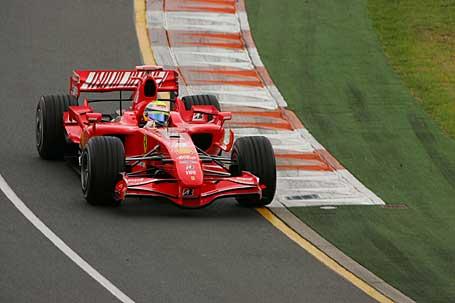
When you watch Formula One drivers practice, keep a couple of things in mind.
First, being fastest isn’t everything. Although practice times are issued after each session, these times aren’t necessarily a definitive indicator of what shape every car is in. All teams work through their programmes in different ways and with different aims in mind. It’s often not until the qualifying sessions or the race that you see the true picture unfold as everyone tries to put together their best combination of factors. Treat the practice times as only a very loose indicator of competitiveness.
Second, some people get extra sessions. If you get to the track very early on Friday morning – well before the first official practice session – you’ll see some teams lapping the track while others never venture out and you may wonder why everyone isn’t out trying to beat the band. As a way of helping smaller teams cut costs, the FIA, the Formula One governing body, introduced a policy at the beginning of 2003 stating that a team could opt for one of the following:
- To have unlimited test days.
- To test up to a maximum of 20 car days (10 days for two cars or 20 days for one car) and be allowed to test for two hours on the Friday morning of each Grand Prix meeting.


